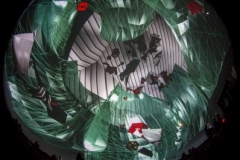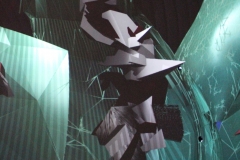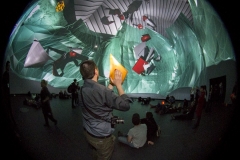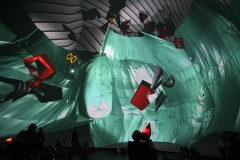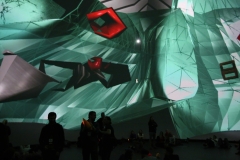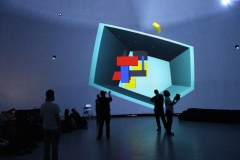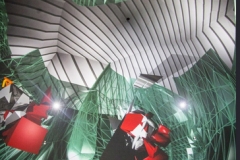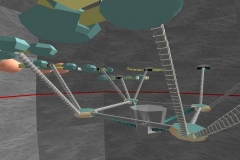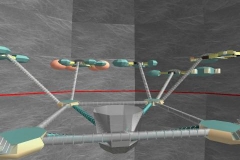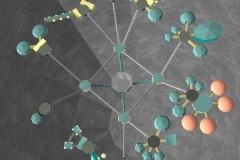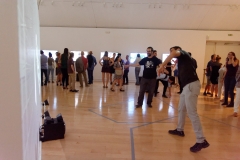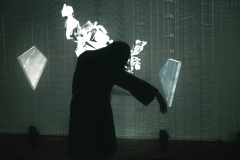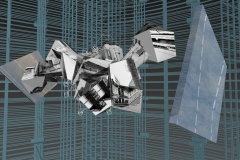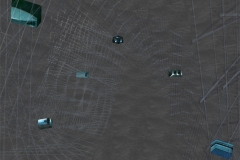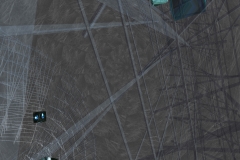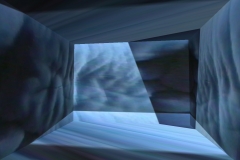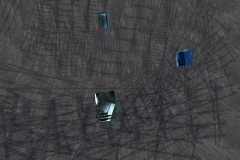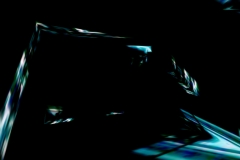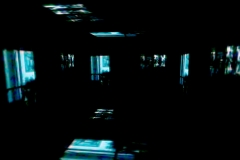Frachitectures/Murmuration (E/M/D/L)
Frachitectures (2015)
Artists: Spatial Media Research Group (D. Charitos, I.Theona, C.Rizopoulos, P.Papageorgopoulou) and A. St-Onge
Performed at the Satosphere (SAT, Montreal) during and after the Immersion IX Symposium for the EMDL project (emdl.eu)
Frachitectures was a part of the Murmuration piece, created by: Dimitris Charitos, Luke Christison, Phil Mayer, Cameron Micallef, Lee Nutbean, Alexandre St-Onge, Mike Phillips, Olivier Rhéaume, Haris Rizopoulos, Ben Stern, Iouliani Theona, Penny Papageorgopoulou
http://www.emdl.eu/activities/montreal-jun-15/show/article/part-3-murmur…
Organizations involved in the creation of Murmuration: Laboratory of New Technologies in Communication, Education and the Mass Media (UoA NTLab), Athens / i-DAT (Institute of Digital Art and Technology), Plymouth
Murmuration is an interactive performative immersive installation involving multiple members of the audience in interacting with and manipulating audio-visual objects, in a virtual environment projected onto the SAT FullDome environment, thus directing the way the experience evolves while being actively immersed int it. the Murmuration experience is about playful interaction with digital particle swarms and real-time manipulation of virtual/physical audio-visual objects.
Murmuration [muttering of low, indistinct, whispers / abnormal heart sounds / mass cloud like flocking] is a series of trans-scalar and recursive transitions from the imaginary to infinity: i∞. Constructed from bio-imaging technologies and modeled fractured architectures, the low-poly-aesthetic of Murmuration navigates its audience through playful interaction with particle swarms of digital detritus and real-time manipulation of virtual/physical audio-visual objects and the environmental experiences afforded by their continuously transforming arrangement. Algorithms of repulsion and attraction maintain the cohesion of nano/molecular landscapes harvested by atomic force. Bio-forms, like artificial organs, and boney architectures, temporarily seem to come to life, create cavities and cavernous voids, conjuring uncanny atmospheres of elation, intrigue and awe.
EMDL project website: http://www.emdl.eu/


